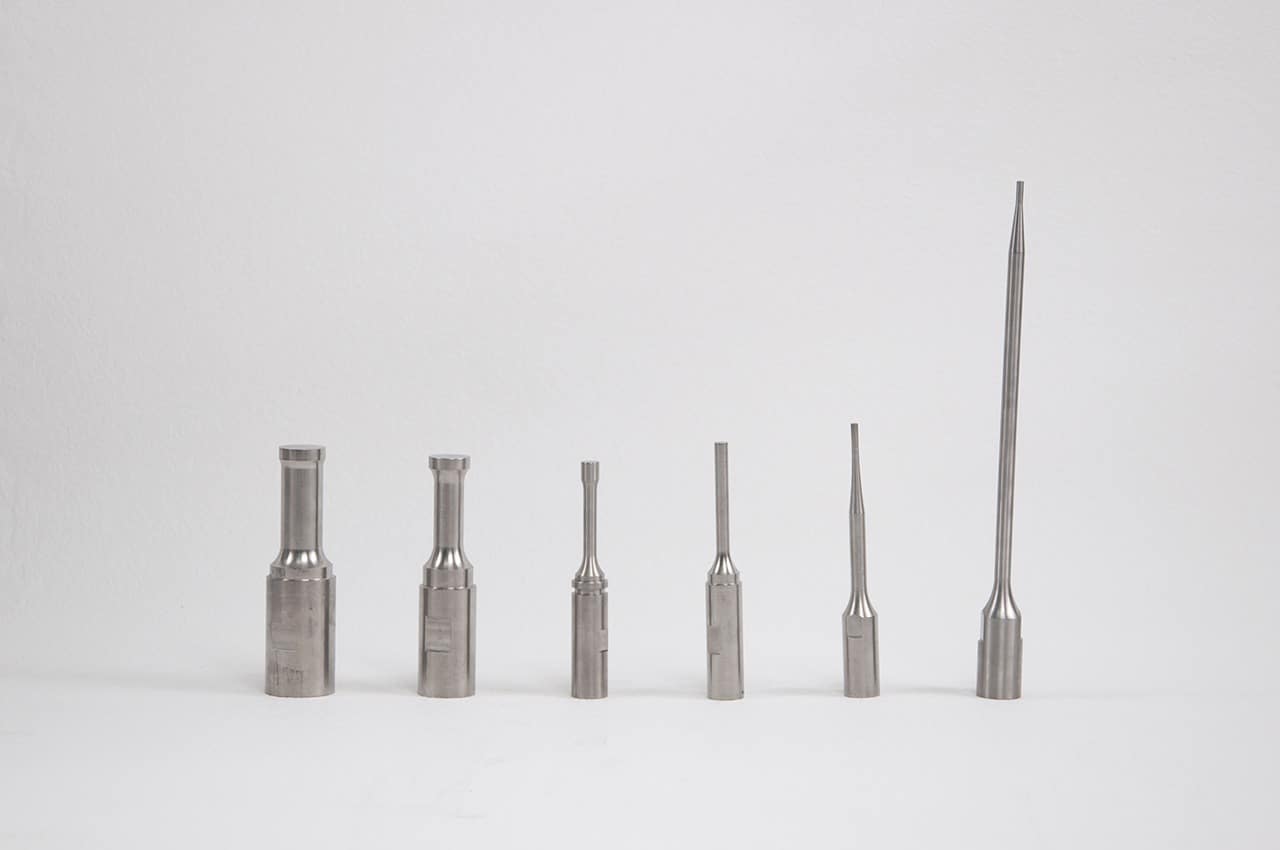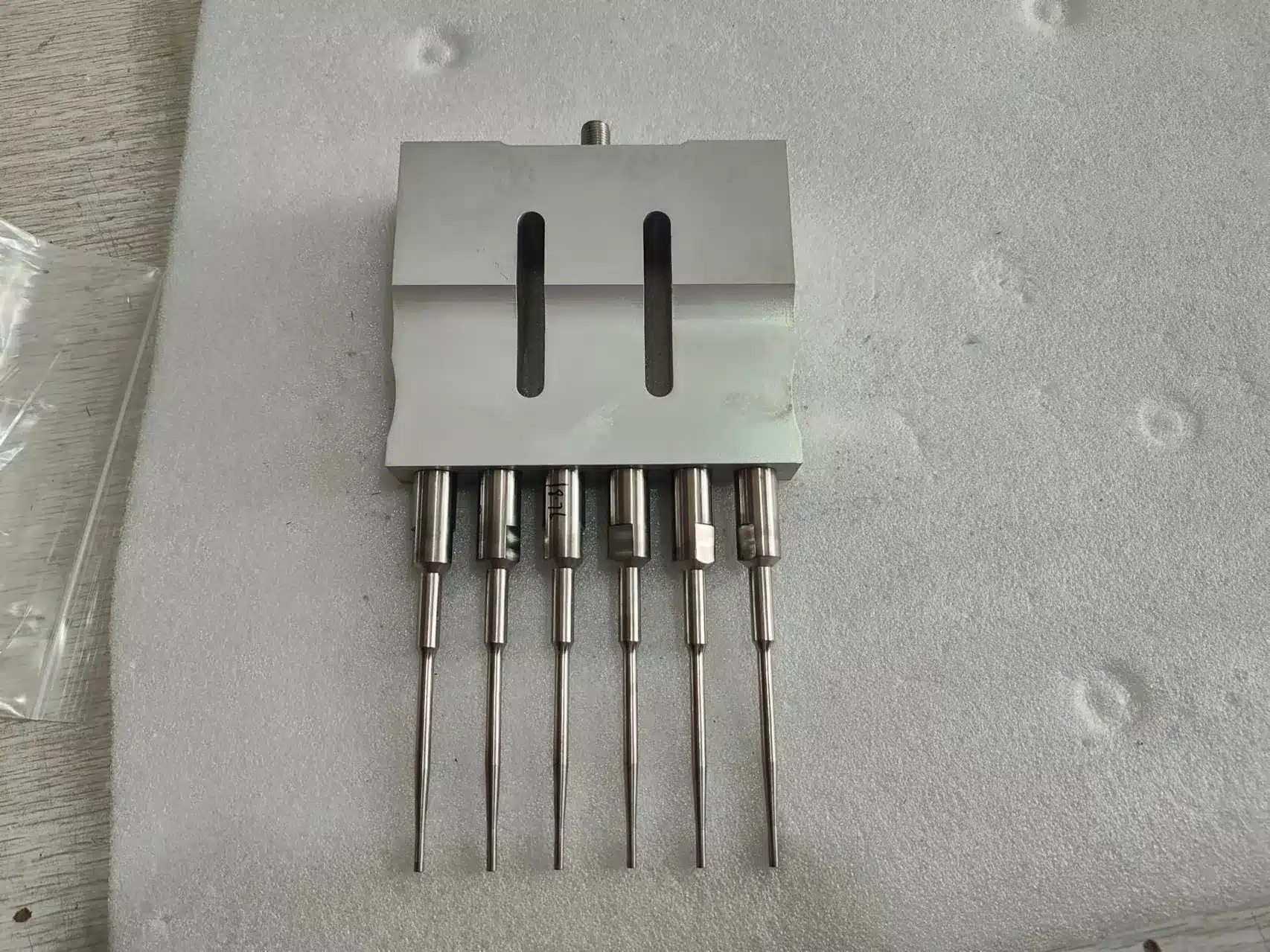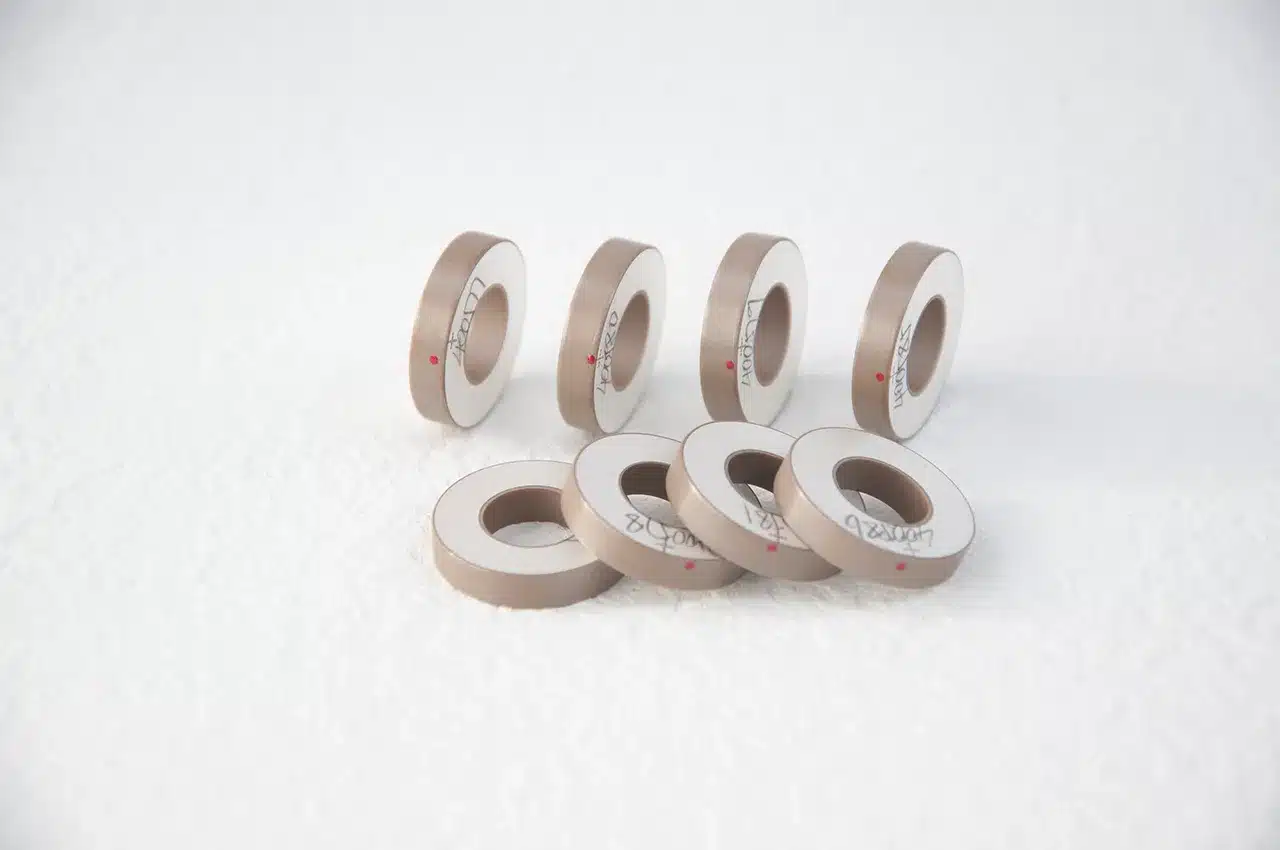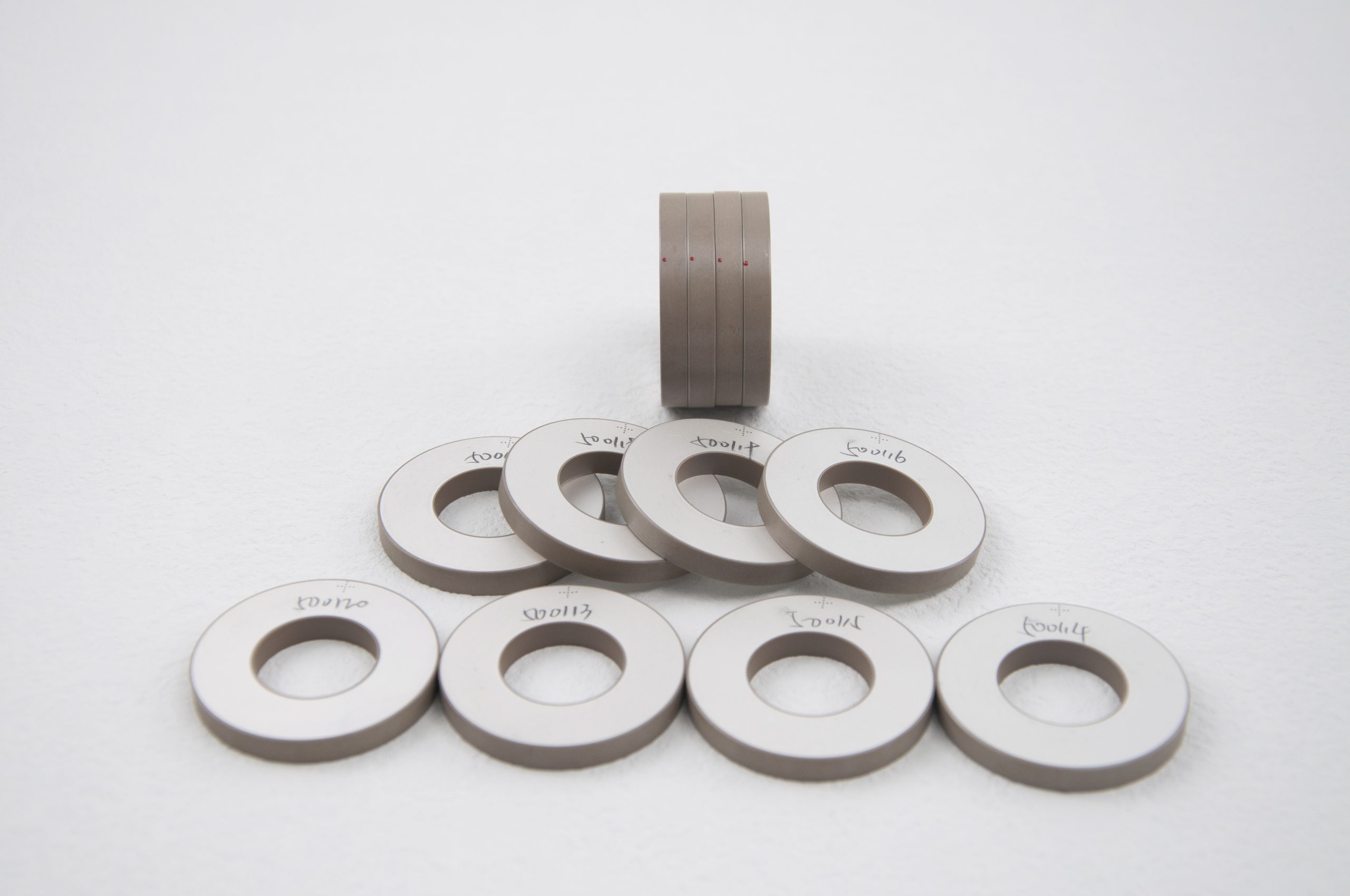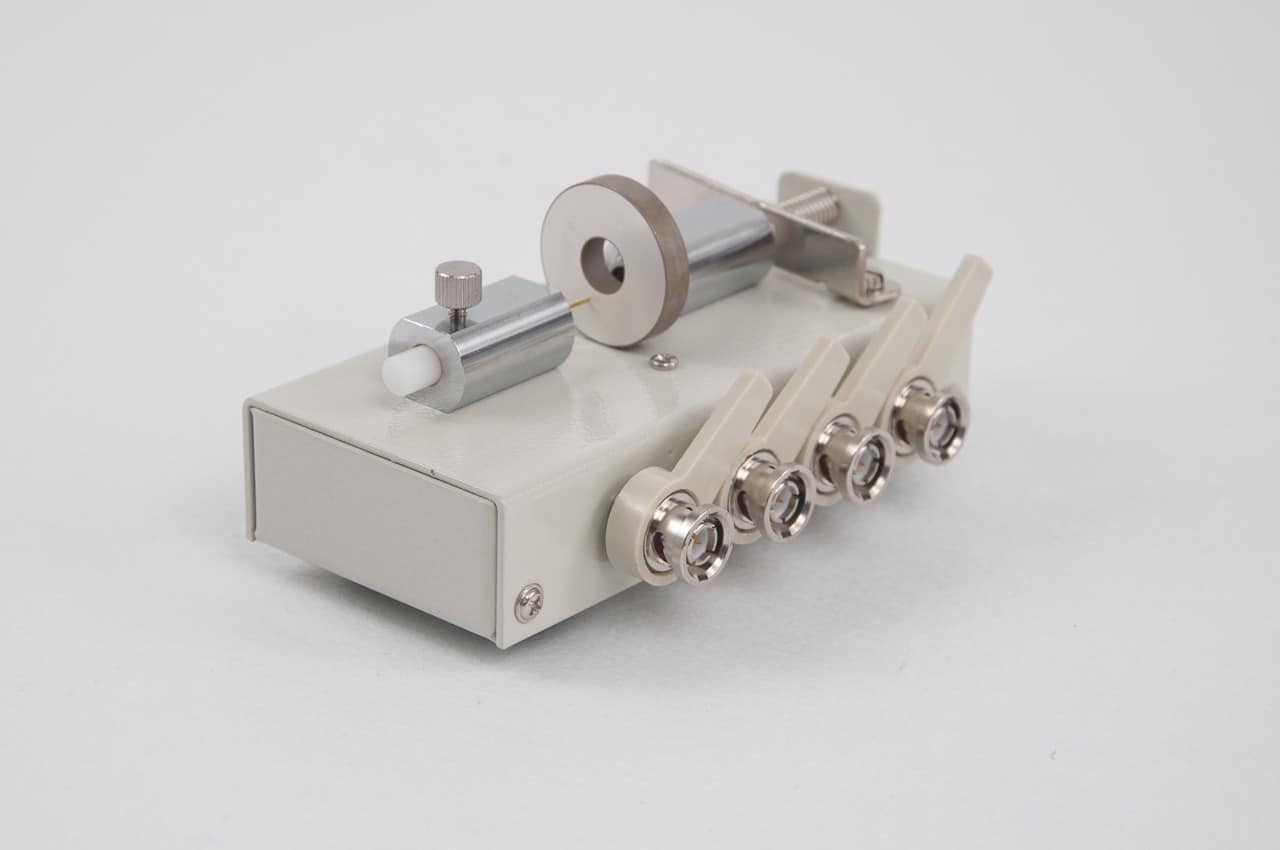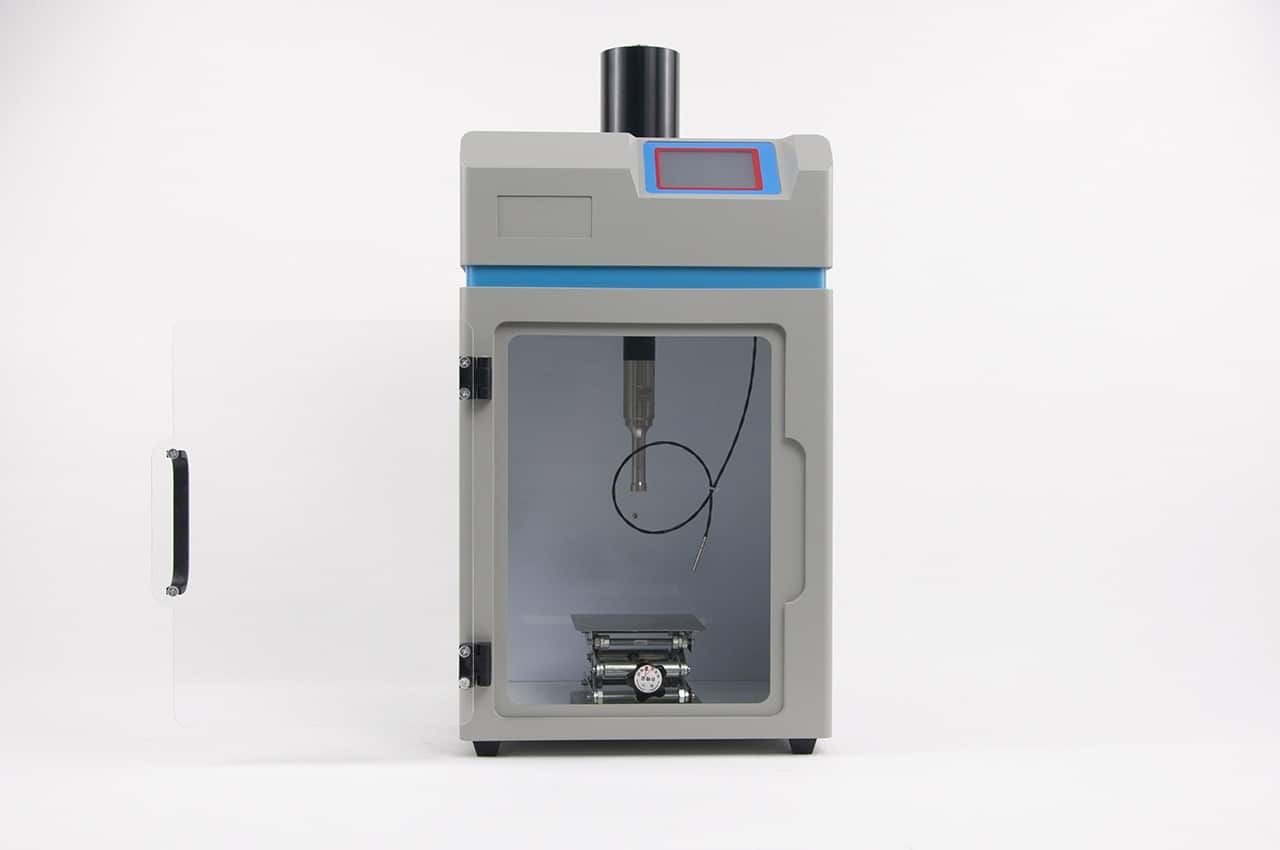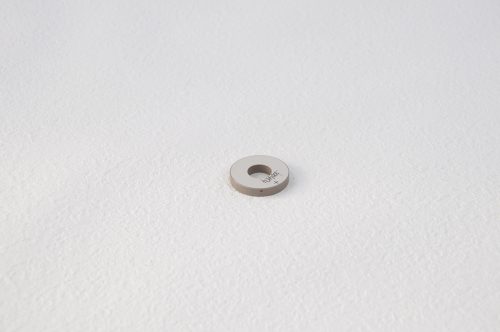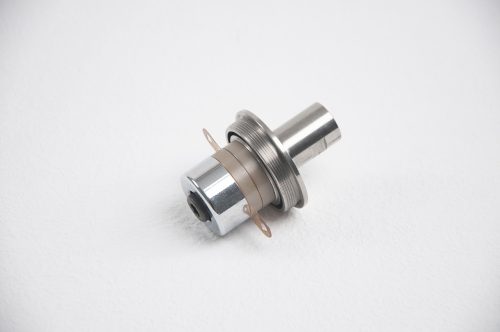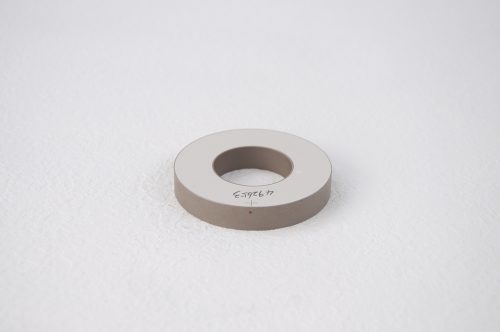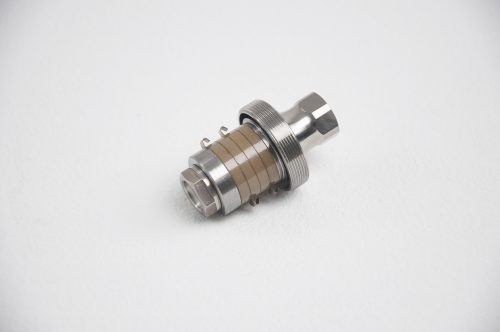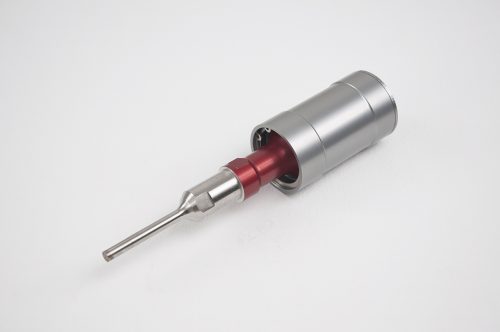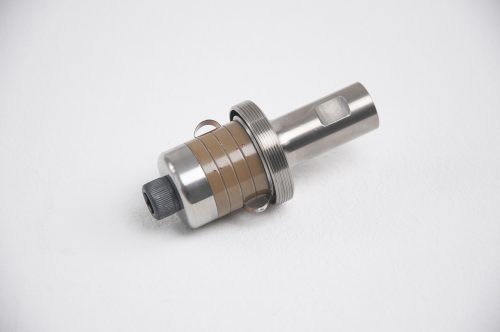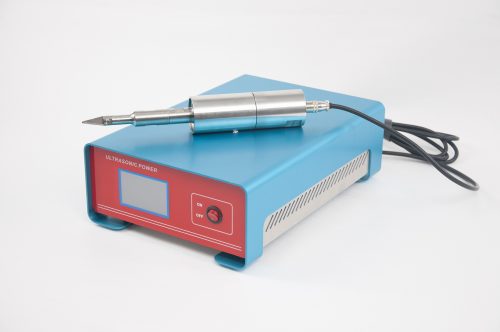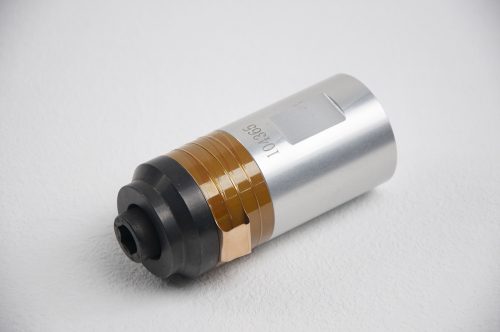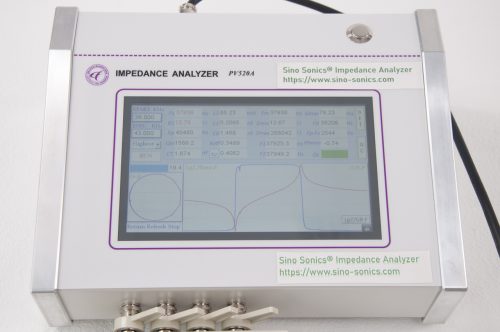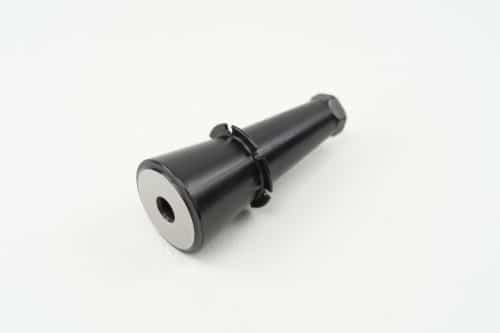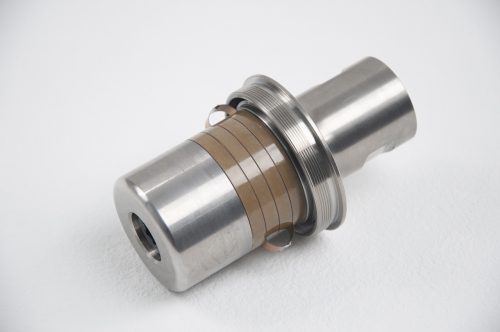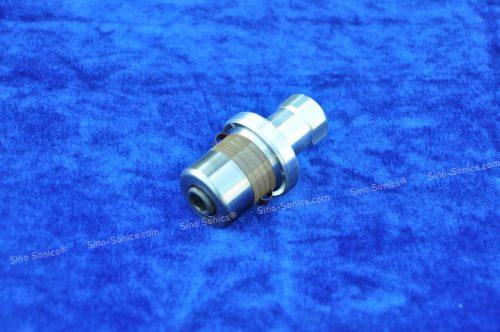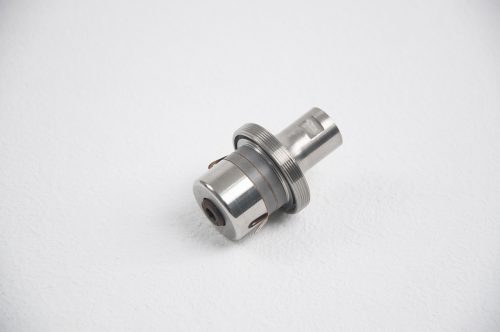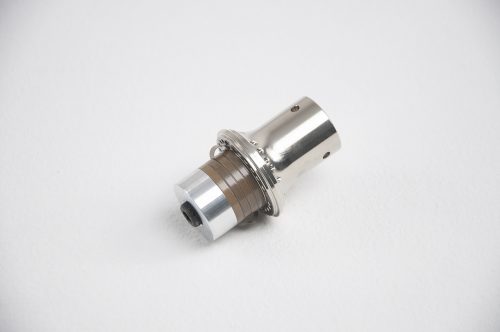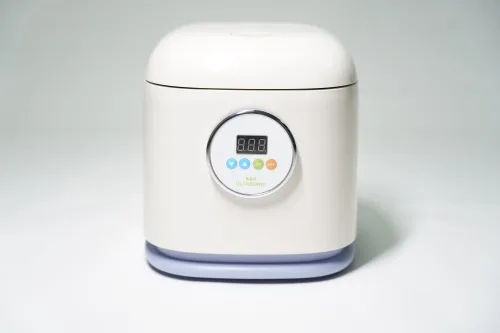The ultrasonic cleaning process uses a combination of ultrasound and water and/or parts cleaning solvent to clean a wide variety of component parts and assemblies. Ultrasonic cleaning is especially effective for delicate or complex parts.
During the ultrasonic cleaning process cavitation bubbles induced by high frequency sound waves are used to agitate the parts cleaning liquid. The agitation releases contaminants adhering to substrates such as plastic, metal, glass, ceramics, and rubber. The ultrasonic cleaning process allows the cleaning solution to penetrate blind holes, cracks, and recesses is to thoroughly remove all traces of contamination tightly adhering or embedded onto solid surfaces.
While ultrasonic cleaning is highly effective, the issue of “ultrasonic shadowing” can impair the thoroughness of this type of cleaning. Ultrasonic shadowing occurs when the parts being cleaned are positioned in a manner that casts an “ultrasonic shadow” on some of the other parts. This shadow prevents covered parts from being effectively cleaned. Though ultrasonic shadowing is known to occur, it can be difficult to define and predict.
Unlike the shadow cast by a solid object illuminated by the sun or a lightbulb, an ultrasonic shadow is not distinct in shape. Ultrasonic shadows are more like the shadows cast by diffused light, like the sun shining on a cloudy day, where the darkened area is less distinctly defined.
An object will cast a more distinct shadow on a bright, sunny day. A larger object will produce a darker shadow on a cloudy day as more of the diffused light is blocked. The reason for this is that the ultrasonic energy source is diffused, like the light on a cloudy day, and not emitted from a specific point source, like the sun.
The distinction of an ultrasonic shadow is further affected by the fact that the parts being cleaned are somewhat transparent to ultrasonic energy. For example, a thin plate of stainless steel held between an ultrasonic source and a part being cleaned has very little effect on the transmission of ultrasonic waves. However, as more thin plates are added, more ultrasonic energy will be compromised by a slight reduction from each plate, as well as from the reflections between the plates. A similar effect would be observed if a light source were obscured by several separated sheets of glass.
If ineffective cleaning is observed in ultrasonically cleaned parts, ultrasonic shadowing could be to blame. The best way to determine if cleaning problems are related to ultrasonic shadowing or an equipment failure is to try cleaning a single part hung on a wire in the tank. If a single part can be effectively cleaned, but not a full rack of parts cannot, then ultrasonic shadowing could be the issue, and a reconfiguration of the parts may be required.

